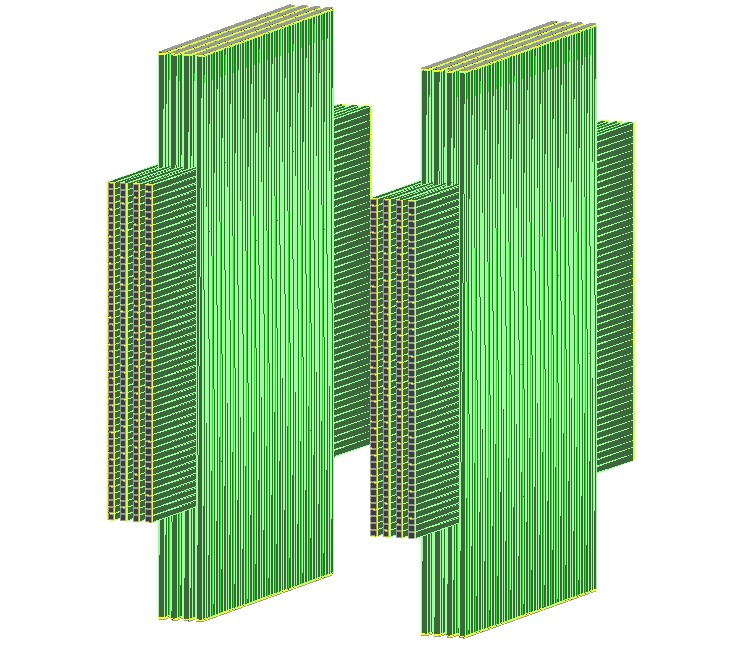Difference between revisions of "Main Page"
| Line 1: | Line 1: | ||
| + | [[File:SS_20181109_Logo6.svg|100px|x100px]] | ||
| + | |||
SiFi-CC: ON-LINE MONITORING OF DOSE DISTRIBUTION IN PROTON THERAPY USING HEAVY SCINTILLATING FIBERS | SiFi-CC: ON-LINE MONITORING OF DOSE DISTRIBUTION IN PROTON THERAPY USING HEAVY SCINTILLATING FIBERS | ||
| Line 10: | Line 12: | ||
The project is financed by the National Science Centre, Poland, within the SONATA BIS 7 program, foreseen to end in September 2022. | The project is financed by the National Science Centre, Poland, within the SONATA BIS 7 program, foreseen to end in September 2022. | ||
| + | |||
| + | [[File:SS_20181109_CrossedFibres.png]] | ||
Revision as of 14:04, 9 November 2018
SiFi-CC: ON-LINE MONITORING OF DOSE DISTRIBUTION IN PROTON THERAPY USING HEAVY SCINTILLATING FIBERS
The project SiFi-CC is a joint effort of a group of researchers and students from the Jagiellonian University in Kraków, Poland and RWTH Aachen University, Germany. The aim of the project is development of a method for on-line monitoring of a cancer treatment called proton therapy. In this kind of treatment a tumor is irradiated with a proton beam with parameters adjusted such, that protons deposit maximum of their energy in the tumor region, leading to destruction oftumor cells. For this purpose a treatment plan is prepared individually for each patient, usually based on CT (computer tomography) or PET (positron emission tomography) images. However, human body undergoes changes, which may lead to misplacement of the applied dose compared to the original plan. Therefore methods for on-line monitoring in proton therapy are sought for, as they would allow to prepare better treatment plans for patients, leading to better and safer treatment.
In our project we want to test a possible option of design of a setup for proton therapy monitoring. Its operation consists in detection of gamma radiation, which is produced in a patient's body irradiated with a proton beam. By reconstructing the source of this radiation we can conclude about the location and shape of deposited dose. We will detect prompt-gamma radiation using long but thin pieces (so-called fibers) of a scintillating material, i.e. the one which shines light when being traversed by a particle or a gamma ray. This light can be registered with special sensors called silicon photomultipliers. So the name of our project comes from SiPMs and scintillating Fiber-based Compton Camera (SiFi-CC).
The setup we propose has two modes of operation: a Compton camera and a coded-mask, which allow to map the deposited dose distribution in three or two dimensions, respectively. The two options share a vast part of hardware, therefore we want to develop them in parallel. First we will conduct a series of virtual experiments (computer simulations) to find the best possible design option, then we will make sure in the laboratory tests that the simulation results correspond to reality. Once the design is fixed, we will build and test the setup, first in a laboratory, and then in a therapeutic center with phantoms simulating human body.
Such a venture comprises very different tasks: from laboratory tests, through computer simulations, building a modern data acquisition system, processign of experimental data and implementation of algorithms for image reconstruction, up to experiments with a proton beam in a therapeutic center. If you are interested in our joining our group, contact us and ask for our offer for students, PhD students and post-docs.
The project is financed by the National Science Centre, Poland, within the SONATA BIS 7 program, foreseen to end in September 2022.

